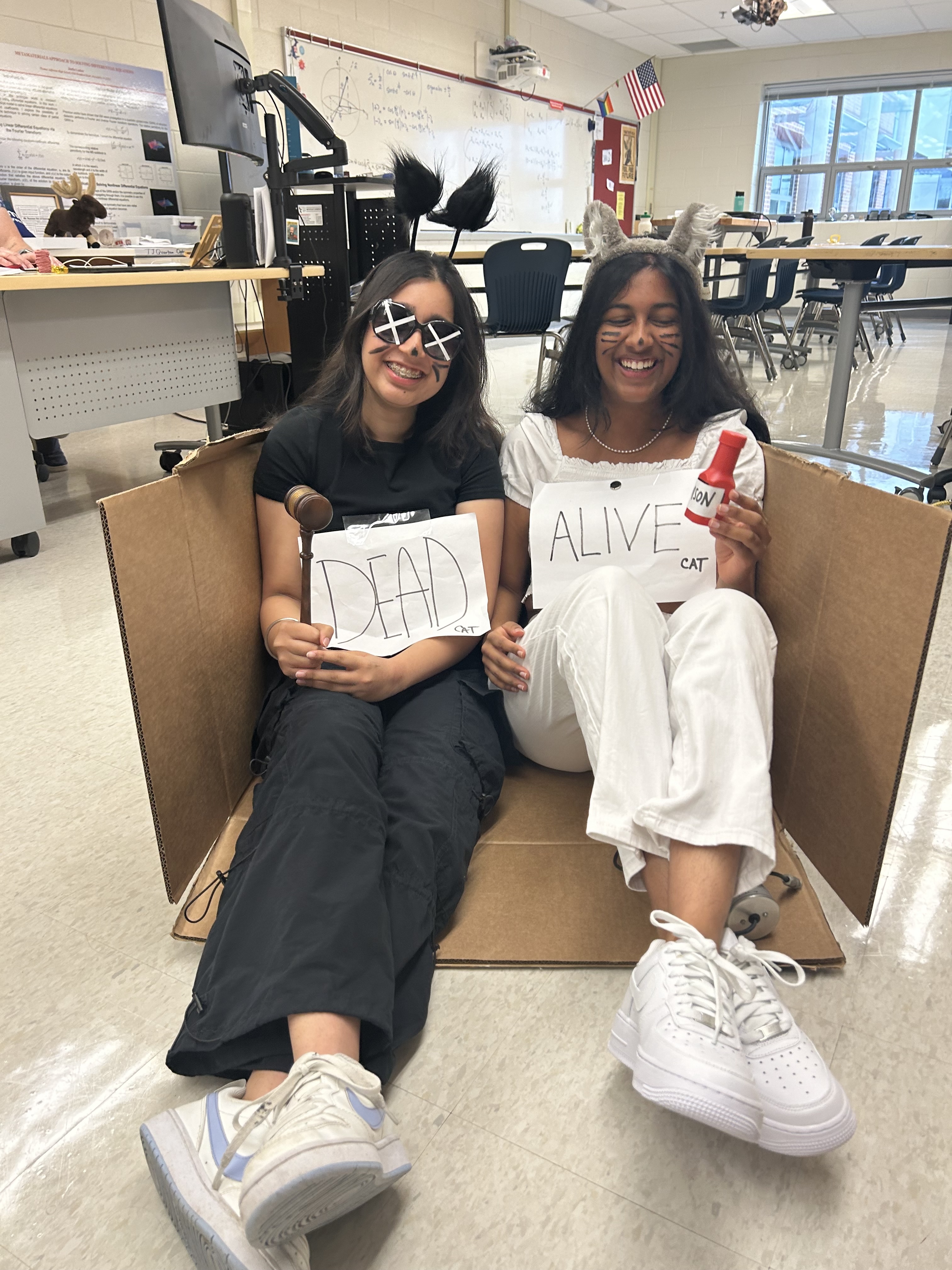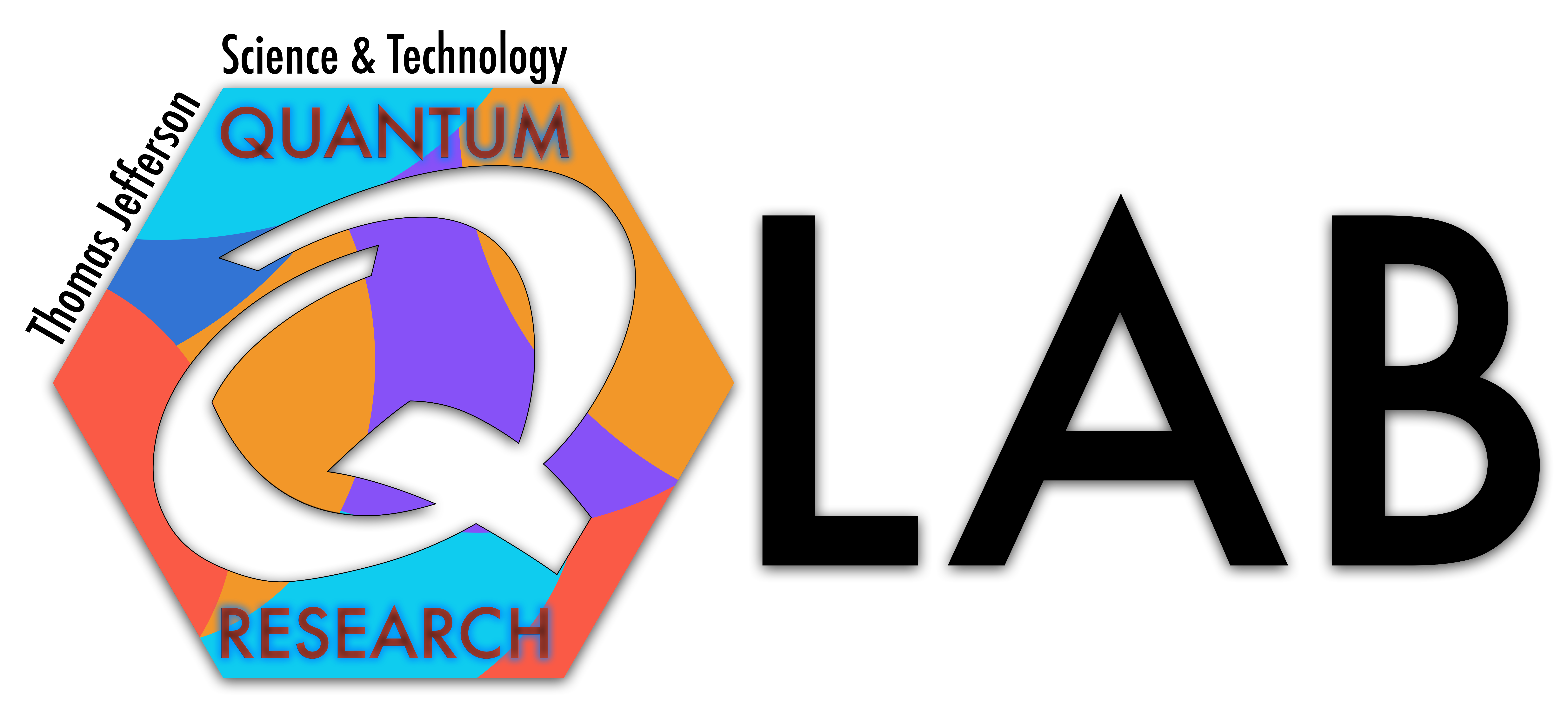Implementing Grover’s Diffusion Operator in A Single Photon, 2-Qubit Spatial Mode System
By Neha Chandran, Aniketh Ray
Our research proposes a novel method for photonic quantum computing using a single-photon, 2-qubit spatial mode system. By encoding qubits in the polarization states of individual spatial modes, we implement and analyze Bell State entanglement and Grover’s algorithm. Experimentally, we will use a 405 nm pump laser with a diode controller and BBO crystal, along with a combination of alignment mirrors, waveplates, and beamsplitters from the ThorLabs quantum optics kit. Computationally, we will use Perceval, a Python-based linear optical quantum computing library.
However, phase interferences introduced by the initial beam splitter operation, modeled as a "Black Box” operator, are shown to skew the measurement outcomes and influence the behavior of single-qubit gates. We mitigate these effects by balancing the circuit with Hadamard gates, effectively canceling extra phase contributions. Our approach enables us to construct a single photon controlled-NOT gate that achieves uniform Hong-Ou-Mandel (HOM) interference across all detectors. Our Bell State created with this gate successfully violates the Clauser-Horne-Shimony-Holt (CHSH) inequality. Expanding on this framework, we observe that Grover’s algorithm finds the marked state with 100% accuracy using Perceval’s noisy Strong Linear Optical Simulator (SLOS) and with 98.8% accuracy when random phase shifts are infused into the model. By training a simple linear regression model, we can predict the algorithm’s accuracy for specific nonrandom phase shifts with a mean squared error (MSE) of 3.70e-05 and an R^2 of 0.904.
Files and Resources
Photo Gallery


